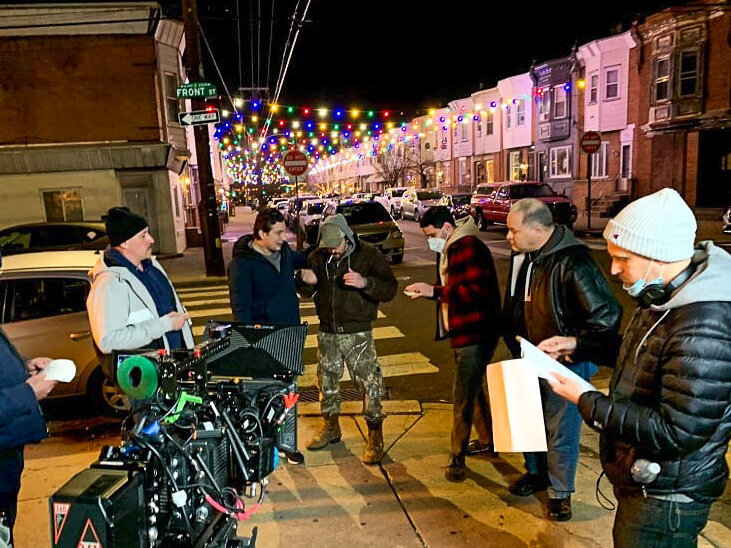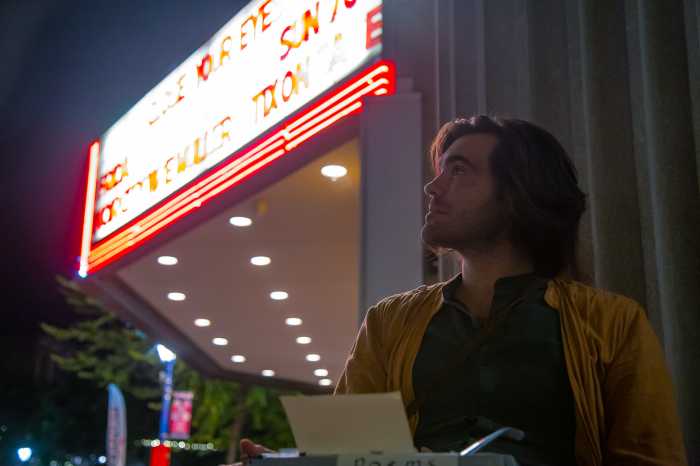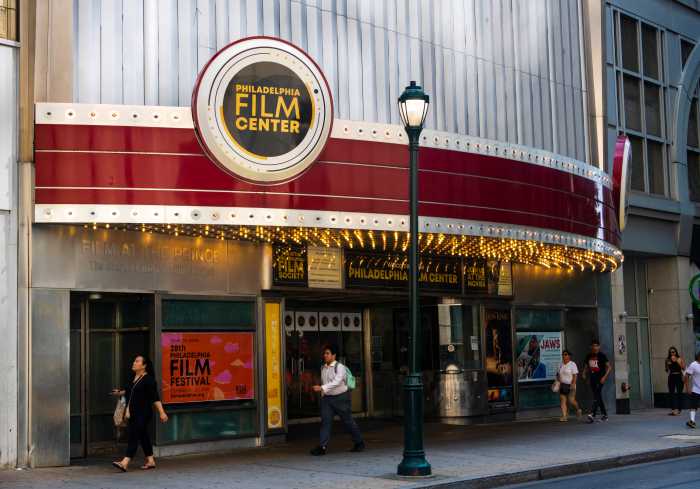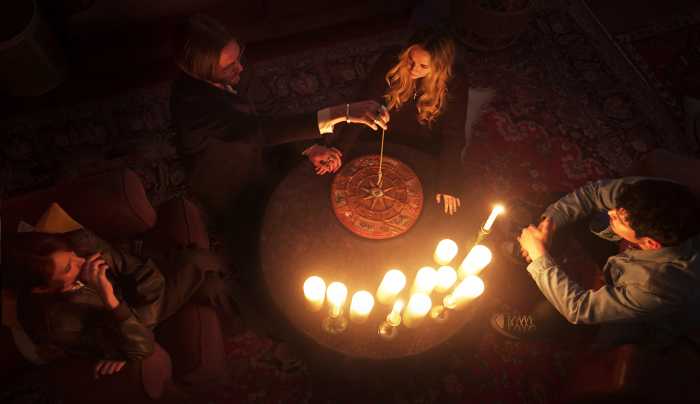From its opening scene to its close, ‘Not for Nothing’ — a local entry in the 31st Philadelphia Film Festival with its first screening Oct. 21 — utilizes the beauty, mess and emotional intricacies and visual cues of South Philadelphia.
‘Not for Nothing’ features loving families, bonded friendships, colorful Italian neighborhoods, the chill of addiction, drunken camaraderie, mob vendettas and local cuisine—all wrapped into one gripping tale told with authenticity.
Co-writers and co-directors Frankie Tartaglia and Tim Dowlin — both Philly natives— teamed up with cinematographer Michael Regalbuto, and producer/co-star Mark Webber for the project.
“Frankie and I met at the High School for Creative and Performing Arts here and Mark (Webber) and several other of our actors are also CAPA grads,” says Dowlin. “I told Frank that I wanted to write something together with him, a modern-day, South Philly Mafia film. From there, we explored who was the next generation of the Mob, and what they were up to, and went down the path of who were their sons and daughters and what were they up to. An identity crisis of entitlement, of ego, of whose father was important, of where the respect is when there’s really little organized crime to be attached to and back it up… we started there. Wanting to make something realistic and authentic.”

Looking to create an interesting character study and a metaphor for a city having its own existential crisis — old Philly vs new Philly, tradition vs evolution — also drove the heart of ‘Not for Nothing’s script.
“Drugs too, blatant as it is, became its own character,” says Dowlin, who watched the crack epidemic in the 1980s through to the present day of fentanyl overdoses—something that the filmmaker states he and Tartaglia have witnessed with too many friends having died from drugs in the last few years. “If you’re from Philly, you know someone who is battling with addiction and have overdosed. We wanted to tap into that, make that a motivating factor for revenge, for dealing with someone who is coming onto their turf and peddling poison.”
After Tartaglia and Dowlin figured what they wanted to say about deaths in an extended family and vengeance wrought, the co-directors had to work out how they would say it, and what it would all look like.
They settled on a fresh, electric and varied tonal vision from Los Angeles-based cinematographer Michael Regalbuto.
“We’re proud of the look and feel that we put together for this,” says Dowlin. “The backdrop was already great – places like Capitolo Park, Pat’s and Geno’s, Connie’s Ric Rac, the Garage – but Frank put a lot of work into our storyboards. As the production was delayed due to Covid, he had extra time to drawing, drawing, drawing. Every left-to-right pan, every frame. They really translated as a blueprint for Michael’s cinematography. There were a lot of Earth tones representing old Philly. The green, white and red of the Italian flag was crucial. Sometimes we barely had to light scenes as we relied on the natural look of what was around us on the street. Plus, with its Christmas time theme, we played around with those lights. We didn’t go over-the-top, but we weren’t shy either.”
Finally, Tartaglia and Dowlin used some of South Philly’s most notable faces, along with this area’s finest actors to add another layer of authenticity.
“That’s part of why Frank and I wanted to make the movie in the first place,” notes Dowlins. “I thrive on telling stories that haven’t been told, and South Philly is such a rich place for a diversity of characters, faces and voices. We wanted to use characters and actors that could never be fake or faked. We didn’t want to dehumanize anyone or be cliché in our characterizations, but rather fully flesh out people in pain, people struggling, people dealing with tragedy.”



























